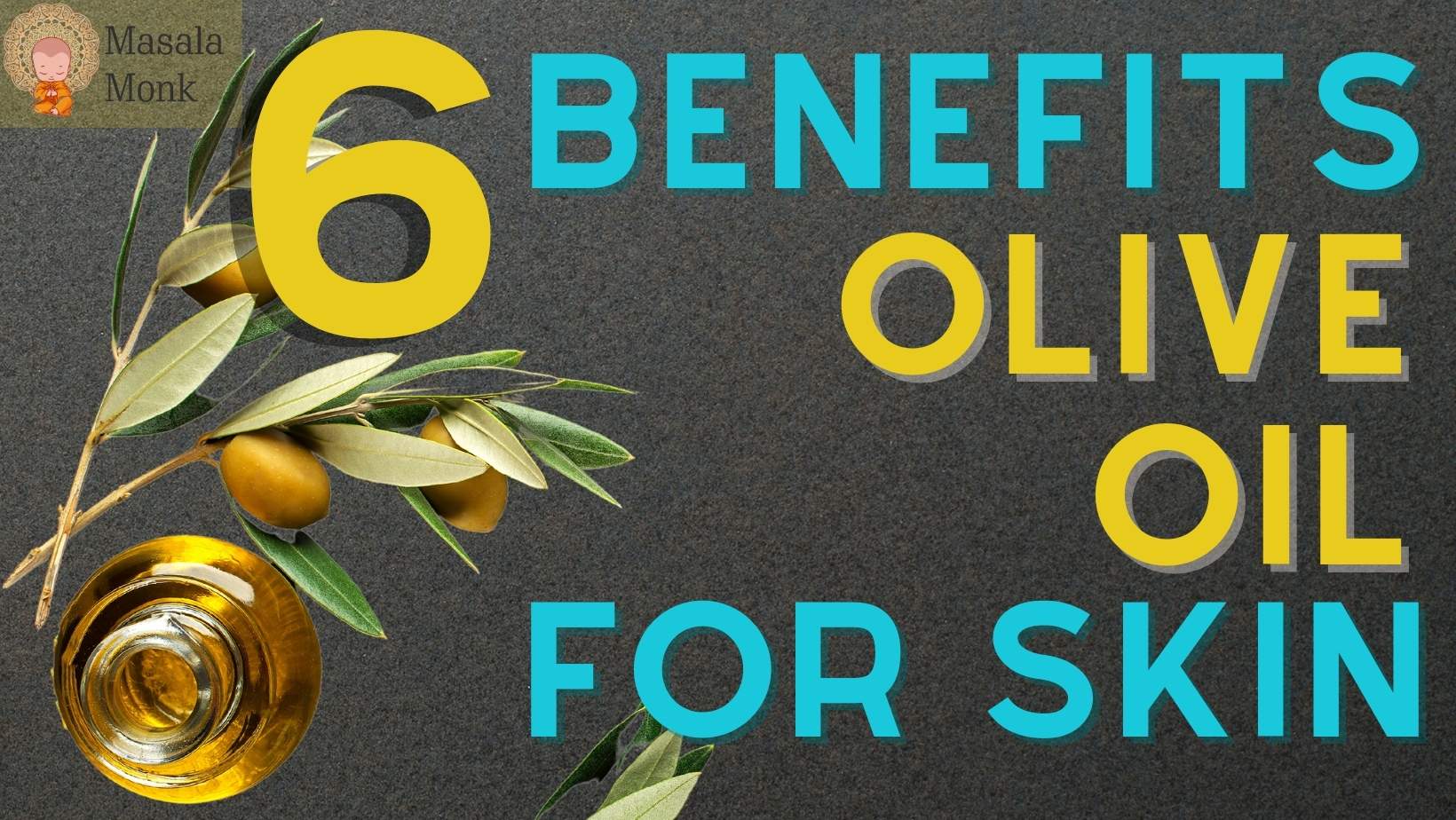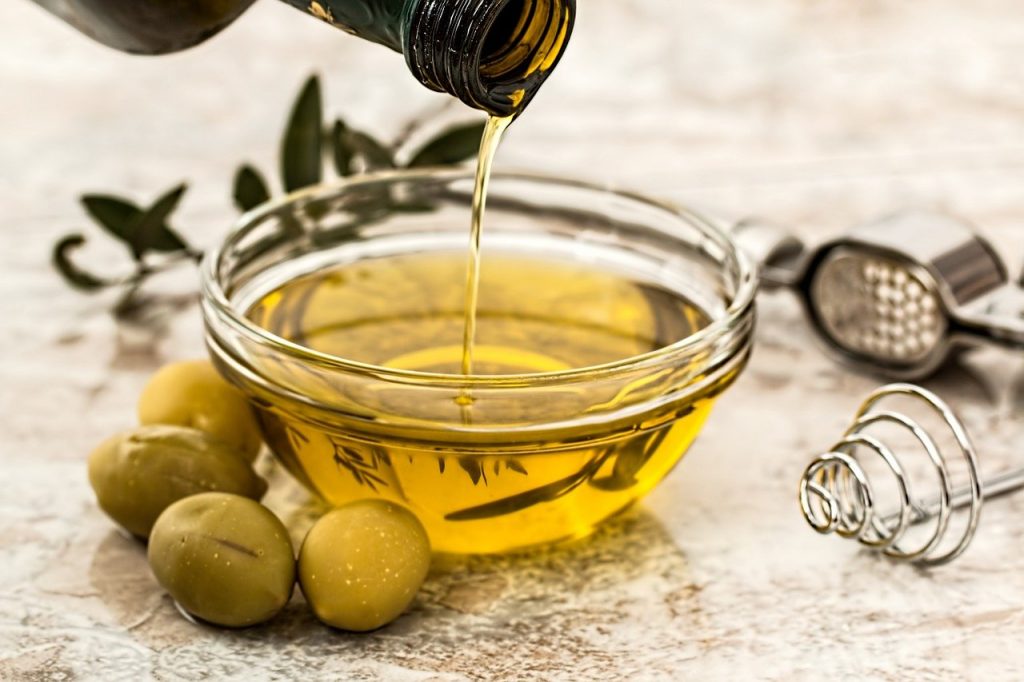
In the culinary world, the choice of cooking oil can transform a simple meal into a masterpiece of flavor and nutrition. But with a plethora of options on the market, how do we navigate the sea of oils to find the ones that not only enhance our food but also bolster our health? This comprehensive guide demystifies cooking oils, shedding light on their benefits, uses, and why they’re essential in crafting delicious, healthy dishes.
The Essence of Cooking Oils
At the heart of every great dish is often a splash of cooking oil. Oils are extracted from fruits, seeds, nuts, and grains, bringing unique flavors, aromas, and health benefits to our tables. But not all oils are created equal. Their impact on our meals and wellness varies widely, influenced by their fatty acid composition, smoke point, and nutrient content.
The Health Spectrum
Cooking oils rich in unsaturated fats, such as olive, avocado, and canola oils, stand out for their heart-healthy properties. These oils are champions of cardiovascular health, packed with monounsaturated and polyunsaturated fats that help lower bad cholesterol levels and reduce the risk of heart disease.
Olive oil, revered for its role in the Mediterranean diet, is lauded for its longevity-promoting qualities. High in antioxidants and healthy fats, it’s been linked to lower mortality rates and a myriad of health benefits, from improved heart health to reduced inflammation.
Cooking with Precision
The secret to harnessing the full potential of cooking oils lies in understanding their smoke points. The smoke point is the temperature at which an oil begins to break down, losing nutritional value and releasing harmful compounds. For high-heat cooking methods like frying and sautéing, oils with high smoke points, such as avocado and peanut oils, are your best allies. For dressings or low-heat cooking, extra-virgin olive oil and sesame oil offer rich flavors and nutritional benefits.
Flavor Infusions
Beyond their health implications, cooking oils are the artisans of flavor. Each oil carries the essence of its source, capable of infusing dishes with nuanced tastes and aromas. Walnut oil adds a nutty sophistication to salads, while coconut oil brings a tropical flair to baked goods and curries. Experimenting with different oils can elevate your culinary creations, turning simple ingredients into gastronomic delights.
A Sustainable Choice
In choosing cooking oils, consider their environmental impact and sustainability. Oils like palm oil have come under scrutiny for their role in deforestation and habitat destruction. Opting for oils that are sustainably sourced and certified can contribute to a healthier planet alongside a healthier you.
The Art of Selection and Use
Choosing the right oil is an art that balances health, flavor, and cooking technique. Here are some tips to master the art of cooking with oil:
- Match the Oil to the Method: Select oils with appropriate smoke points for your cooking method to ensure maximum flavor and nutritional retention.
- Diversify Your Oil Portfolio: Keep a variety of oils at hand to suit different dishes and health benefits.
- Store Oils Properly: Keep oils in cool, dark places to preserve their quality and extend their shelf life.
- Embrace Moderation: While beneficial, oils are calorie-dense. Use them judiciously to enjoy their flavors and health benefits without overindulging.
Culinary Alchemy: Transforming Meals and Health
Cooking oils are more than just a kitchen staple; they’re a cornerstone of nutritious, flavorful eating. By choosing the right oils for the right reasons, we can elevate our meals from mere sustenance to a celebration of taste and well-being. As we explore the vast world of cooking oils, let’s embrace the diversity and richness they bring to our tables, transforming everyday cooking into an alchemy of health and flavor.
FAQs for “Are You Spoiling Your Food with the Wrong Oil?”
1. What makes olive oil so beneficial for health?
Olive oil is rich in monounsaturated fats and antioxidants, which help reduce the risk of heart disease, lower bad cholesterol levels, and promote longevity.
2. Can cooking oils really affect the flavor of my food?
Absolutely! Each cooking oil has a unique flavor profile that can enhance the taste of your dishes. For instance, sesame oil adds a nutty flavor, while coconut oil contributes a tropical essence.
3. What is a smoke point, and why does it matter?
The smoke point is the temperature at which oil starts to break down and smoke, losing nutritional value and potentially releasing harmful compounds. Choosing an oil with an appropriate smoke point for your cooking method ensures healthier and tastier results.
4. How do I choose the right oil for frying?
For frying, opt for oils with high smoke points, such as avocado, peanut, or canola oil, to withstand high temperatures without breaking down.
5. Is it okay to use extra-virgin olive oil for cooking?
Extra-virgin olive oil is best used for low to medium-heat cooking or as a finishing oil to preserve its flavor and nutritional content. For high-heat cooking, choose oils with higher smoke points.
6. What are the healthiest cooking oils?
Oils high in unsaturated fats like olive, avocado, and flaxseed oil are considered healthier options due to their beneficial effects on heart health and cholesterol levels.
7. How should I store cooking oils to maintain their quality?
Store cooking oils in a cool, dark place, tightly sealed, to protect them from oxidation and extend their shelf life.
8. Can I reuse cooking oil?
While reusing cooking oil is common, it’s important to strain it after use and check for any off smells or flavors. However, repeatedly heated oils can break down and form harmful compounds, so it’s best to use fresh oil when possible.
9. Are there any cooking oils that are environmentally unfriendly?
Palm oil is often criticized for its environmental impact, including deforestation and habitat destruction. Choosing sustainably sourced or certified oils can help mitigate these concerns.
10. How can I incorporate healthier oils into my diet without overdoing the calories?
Use oils sparingly, as they are calorie-dense. Measure out servings instead of pouring directly from the bottle, and explore oil-free cooking methods, like steaming or poaching, to diversify your diet.
Blog Tags for the Post
cooking oils, health benefits, smoke point, olive oil, avocado oil, frying oils, flavor enhancement, heart health, storing oils, environmental impact














